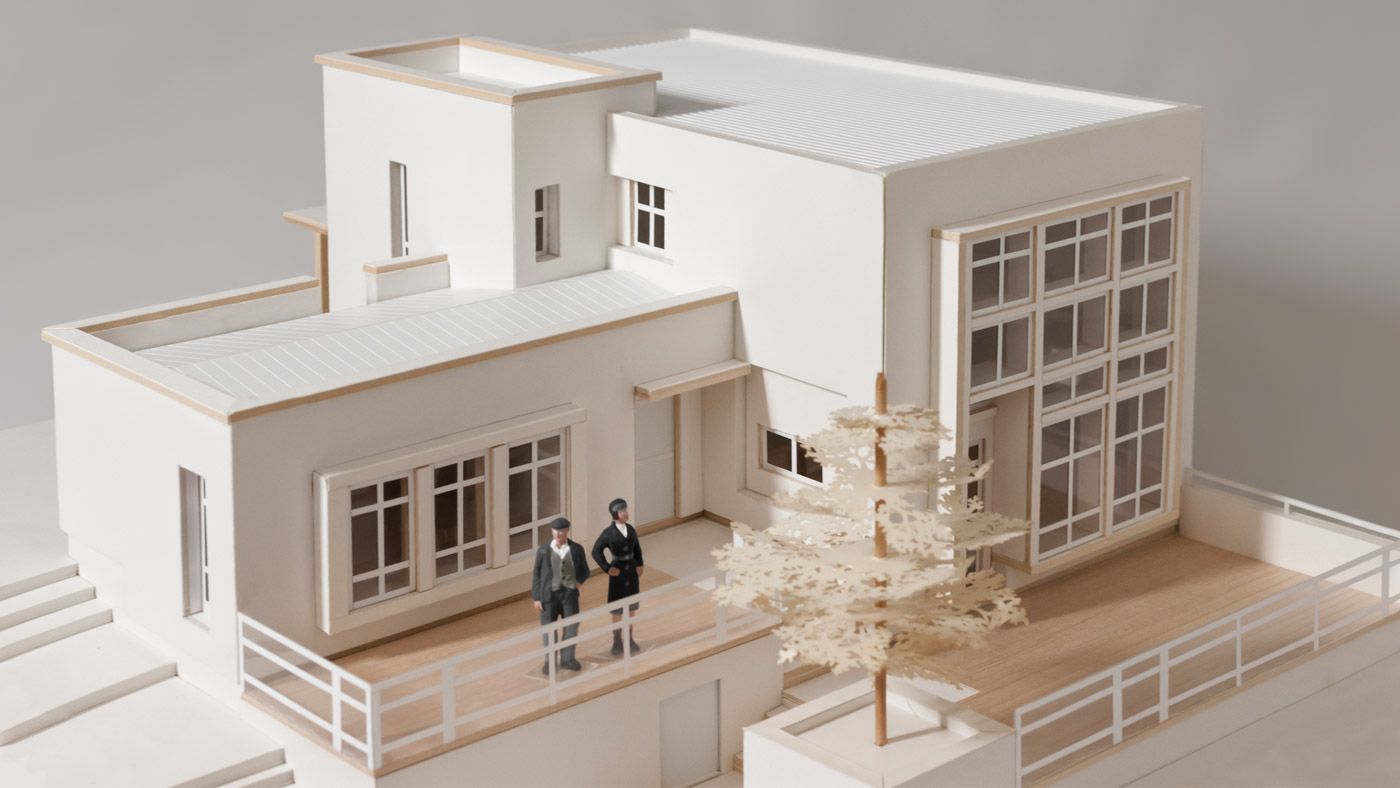Understanding the Role of an Architectural Model Maker
Defining the profession and its significance
Architectural model makers are artisans who specialize in creating scale representations of buildings and structures. These models serve various purposes, from visualization for architects and clients to public engagement in exhibitions and museums. Their significance goes beyond mere craftsmanship; they facilitate communication of design ideas, act as tangible manifestations of concepts, and allow for an understanding of spatial relations within architectural designs. Moreover, in events such as an architectural model maker exibition, these models become central to narrative storytelling, enabling viewers to see complexities that drawings and digital media might overlook.
Core skills and techniques needed
The craft of architectural model making requires a diverse set of skills. Model makers must possess a keen eye for detail, as precision is fundamental when translating architectural plans into three-dimensional figures. They should be proficient in various techniques, including woodworking, metalworking, and the use of digital fabrication tools like laser cutters and 3D printers. Furthermore, understanding material properties is crucial, as different materials can impact the model’s aesthetic and structural integrity.
Additionally, model makers must possess strong problem-solving skills and creativity, often needing to devise unique solutions to complex modeling challenges. Communication skills also play a vital role, as they must often liaise with architects and clients to ensure their vision is accurately represented in the model.
Diverse materials used in model making
Architectural models can be constructed from a wide array of materials, each chosen for specific properties that align with the model’s intended use. Common materials include:
- Balsa wood: Lightweight and easy to cut, balsa is favored for its workability. It is excellent for creating intricate details.
- Acrylic and plastic: These materials offer durability and a modern aesthetic, often used in contemporary architectural models.
- Cardboard: Often used for preliminary sketches and concepts due to its accessibility and affordability.
- Foam: Used for creating elevated designs and landforms, foam provides a lightweight alternative that can be easily shaped.
- Metal: Utilized for structural elements in models that add definition and stability.
Each material lends itself to various modeling techniques and visual representation, ultimately contributing to both the model’s functionality and impact during exhibitions.
Types of Architectural Models in Exhibitions
Presentation and display models
In exhibitions, presentation and display models are designed to showcase architectural plans in a visually appealing manner. These models are often polished and detailed, aimed at impressing potential investors or clients. They serve the dual purpose of demonstrating design intentions and allowing viewers to appreciate the aesthetics of the project.
Interactive and immersive experiences
With advancements in technology, many exhibitions have started incorporating interactive models that engage viewers in a more profound manner. This can include models that respond to touch, augmented reality (AR) experiences that provide additional digital layers of information, or even virtual reality (VR) setups where users can explore a digital version of the model in a simulated environment. These immersive experiences are particularly effective at captivating audiences and pushing the boundaries of traditional architectural exhibitions.
Scale models for conceptualization
Scale models are fundamental for conceptualization, enabling architects and designers to visualize their ideas and understand spatial relationships comprehensively. These models can range from small-scale representations of a single structure to large site models that depict entire urban environments. During exhibitions, such scale models can illustrate a project’s impact on its surroundings, allowing viewers to grasp the significance of the architectural decisions made during design.
Designing an Effective Architectural Model Maker Exhibition
Choosing the right venue and layout
The success of an architectural model maker exhibition heavily relies on the choice of venue and its layout. It is essential to select a space that not only accommodates the models but allows for an optimal visitor experience. Factors such as lighting, traffic flow, and visibility must be considered. For instance, natural light can enhance the visual appeal of models, but care must be taken to avoid glare that might obscure details.
Incorporating technology and innovation
To engage a modern audience, integrating technology within exhibitions can elevate the visitor experience. This could involve the use of projection mapping to create dynamic backgrounds, interactive touch screens that provide additional information about the models, or mobile apps that guide visitors through the exhibition with augmented reality features. These innovations not only enhance visitor interaction but also showcase the architectural field’s embrace of technology.
Public engagement and visitor experience
Creating an engaging visitor experience is paramount. This can be achieved through guided tours, workshops, or live demonstrations by architectural model makers. Hosting special events, such as panel discussions with industry leaders, can also enhance the interactive nature of the exhibition. By fostering an environment where dialogue and engagement are encouraged, exhibitions can leave a lasting impression on visitors and increase their connection to architectural practice.
Best Practices for Showcasing Architectural Models
Lighting and its impact on perception
Lighting plays a critical role in how models are perceived at exhibitions. Well-thought-out lighting can dramatically enhance the visibility of details, textures, and colors in a model. It is often advisable to use focused spotlights to draw attention to specific features while avoiding shadows that may detract from the overall viewing experience. Color temperature is also essential; warmer light can create an inviting atmosphere, while cooler light can give a modern, sleek feel.
Creating informative and engaging signage
Informative signage is crucial for guiding viewers and enhancing their understanding of the models on display. Clear, concise text should accompany each model, explaining its significance, the design process, materials used, and any other relevant information. Interactive signage, such as QR codes linking to additional digital content, can further engage visitors, providing them with layers of information that they can explore at their own pace.
Utilizing social media to amplify reach
In today’s digital age, utilizing social media platforms can significantly amplify the reach of an exhibition. Engaging content, including behind-the-scenes videos of model making, interviews with designers, and photographs of the exhibition itself, can attract a larger audience. Encouraging visitors to share their experiences on social media, potentially through dedicated hashtags, can create organic exposure and elevate the exhibition’s profile beyond its physical space.
Evaluating Success and Impact of an Exhibition
Gathering visitor feedback and insights
After the conclusion of an exhibition, gathering visitor feedback can provide invaluable insights for future events. This can be achieved through surveys, direct interviews, or informal conversations with attendees. Understanding visitor sentiment regarding the models, layout, and overall experience can turn subjective impressions into actionable data that can inform subsequent exhibitions.
Measuring engagement and attendance
Measuring visitor engagement goes beyond counting foot traffic. Observational studies can gauge how long visitors spend at certain models and whether they interact with any interactive features. Utilizing tools such as mobile apps can provide deeper insights into visitor behaviors and preferences, enabling curators to identify what elements resonated most with attendees.
Continuous improvement for future exhibitions
The iterative nature of exhibitions should prioritize continuous improvement. By analyzing feedback, engagement metrics, and overall success, organizers can adapt their strategies and enhance the quality of future exhibitions. This might include rethinking model displays, enhancing interactive elements, or adjusting the venue and layout to improve visitor navigation and experience.



